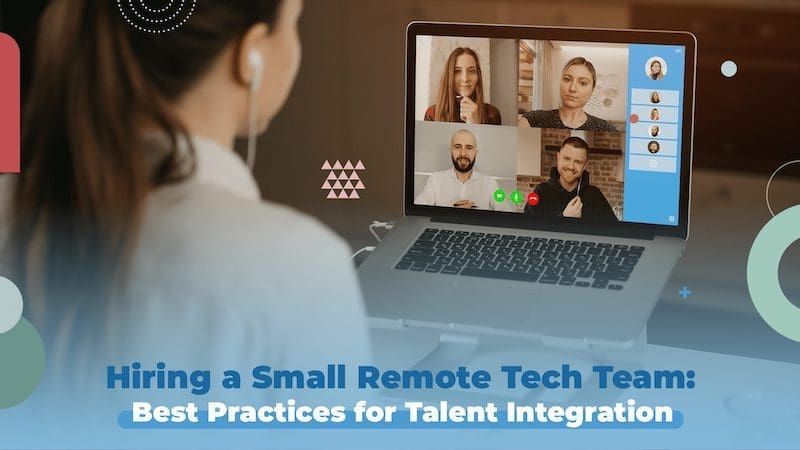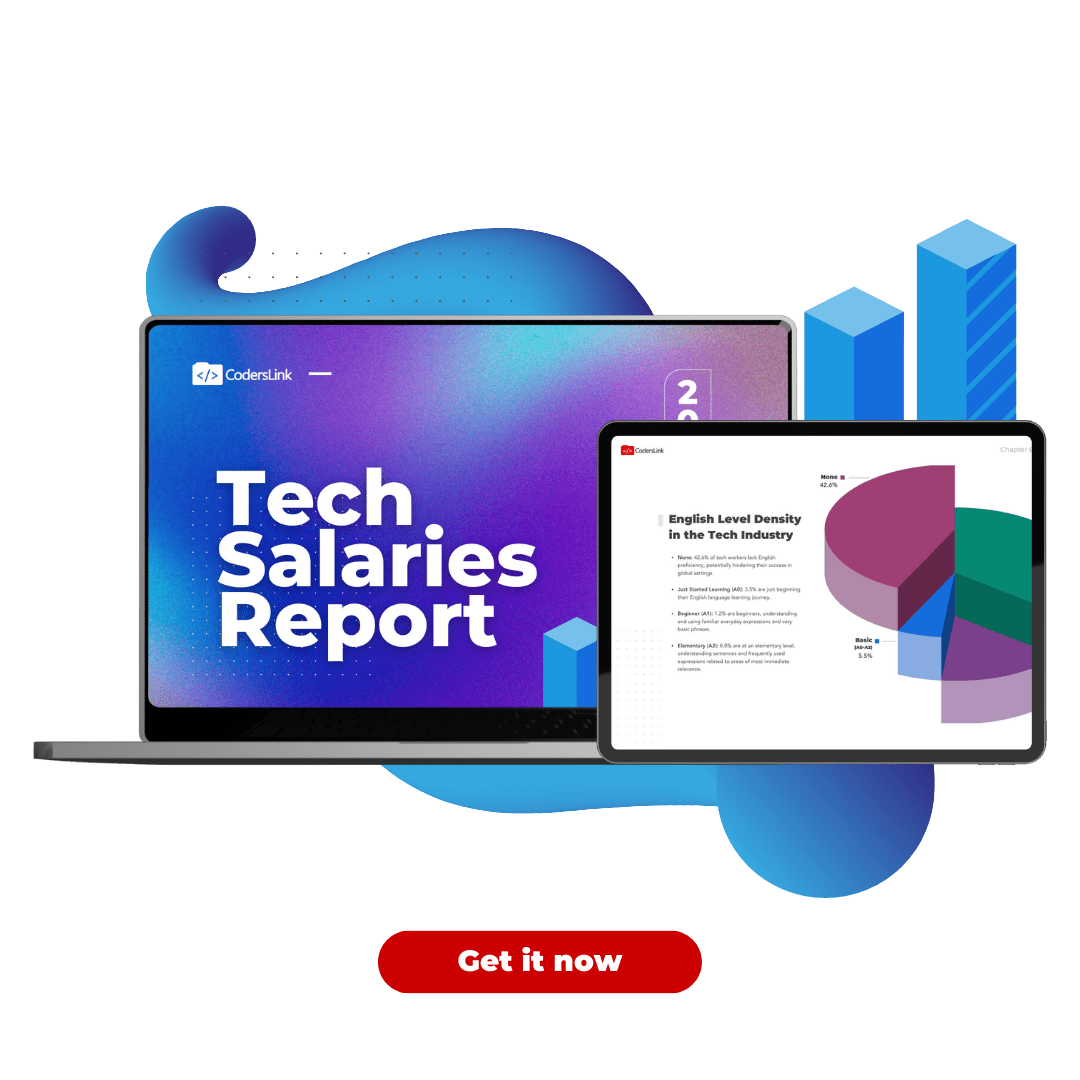
Building a tech team is a challenge. Whether you are hiring your first developer or completing your small dedicated team. Perhaps your team is dispersed throughout different geographical locations. Talent integration is essential to build a high-functioning remote team, but the formula is not black and white.
In today’s remote-first world, companies often worry about hiring remotely and how to properly vet, onboard, and integrate talent.
The integration process refers to how well a new employee integrates into the company culture, structure, and into their new role. It doesn’t happen easily without guidance and support. So, here’s what we’ve learned about how companies best integrate new team members.
#1 Consider Where You Source Your Talent
In order to get talent to stick around, you want to find candidates that fit your job description but are a good culture fit from the get go. There are a myriad of ways to find talent today. Whether it’s one of the many job boards out there,talent marketplaces, or through an agency. Yet, recruiters should carefully consider where they source their talent from and understand the talent pool they are working with. A Harvard Business Review survey shed light on the fact that only 13% of employers said they were able to hire and keep the talent they need most. At CodersLink, for example, we build our talent network by carefully vetting interested candidates. These candidates are often recent graduates from local universities or working engineers that are back on the job market for one reason or another. A lot of tech talent also gathers in online communities such as GitHub or Stackoverflow.
By sourcing your talent correctly, you start off with a great set of candidates aptly suited for your position.
#2 Carefully Structure Your Hiring Process to Be Efficient and Welcoming
As we’ve written about before, the hiring process plays a role in how new hires enter your company and get welcomed into the culture. As you hire a new candidate, the process through which they entered the company should feel organized, purposeful, and welcoming. A hiring process and onboarding that feels disorganized or unfocused can be a recipe for disaster and lead to quick turnover rates.
Don’t turn your hiring process into a chore. Make it efficient, tactical, and useful for you and your future workforce. CareerBuilder reports that 34% of job candidates consider the hiring experience a deciding factor on whether to take the position or not.
Tech talent’s common gripes about interview process include:
- Too many interviews for one job: There is no industry standard for how many interviews are too many interviews. Yet, interviews that seem extensive, repetitive, and superfluous makes for a lousy candidate experience.
- A job ad or job description that is vague, misleading, or misrepresenting the work: Job descriptions are an important part of sourcing and finding the right talent. When working with a recruiter, the job description is the starting point. If a company cannot accurately articulate the position, they might have trouble finding the right fit.
- Lack of responsiveness or slowness to respond: When candidates feel employers are not responsive and there are gaps of communication, it leads to frustration.
- A long hiring process that drags on
In the tech world, things move fast, but for some reason some organizations don’t consider this when establishing a hiring process. Yet, if hiring a new candidate drags on for weeks, it’s not uncommon for companies to lose out on quality applicants as they drop out of the process or take other offers. This is especially true if the process is not clearly outlined or communicated to the candidate.
#3 Ensure You Have a Standardized Onboarding Process
Onboarding a team member is the first step into successful talent integration. It is an opportunity to get practical matters out of the way: signing documents, contracts, NDA’s, but it is much more than that. In fact, the practical phase of that is more like an orientation. During the actual onboarding process, a new hire should learn about the organization’s structure, get to know their team, immediate boss, their job roles and responsibilities, and company culture.
Companies should make the process a multi-directional view of the company so that the employee gets the big picture of what the company is all about. It’s also an opportunity to foster relationships and establish good communication patterns and practices from the beginning.
What About Talent Integration with Multicultural Employees?
This is a question we know quite a bit about. After all, CodersLink works with U.S. companies as they hire tech talent from Mexico. While Mexican talent has some cultural overlap with the U.S. and a high rate of English proficiency, there will always be some challenges when integrating people from other cultures.
Multicultural teams bring a lot to the table. Studies show that less homogenous teams can be more creative. Diversity of thought is important and people with different backgrounds bring varying ways to approach and solve a problem. Miscommunications and misunderstandings due to cultural differences or language barriers, however, when not handled properly can cause friction or barriers.
- Allow for plenty of casual conversation to get to know team members. Remote managers know that managing remote teams requires time for casual and personal conversation. By allowing employees to interact this way in group conferences, people will better understand each other. Encouraging team members to share their stories or theri background can open up areas of communication and serve as great opportunities for team building.
- When communication staggers, exhaust all avenues. Because of today’s many tools for remote teams, remote workers can often rely on chats or written communication that may be lost in translation when dealing with multicultural teams. Video calls and phone calls can be a life saver in helping multicultural teams establish solid communication.
The labor market in Mexico is a different market and has its own unique characteristics. Part of what we do here at CodersLink is provide post-hire support to candidates to help them with the integration process. This involves regular communication.
Build a Tech Team with Expert Support
CodersLink goes beyond the transactional. For us, it’s all about finding what’s best for both parties. We help companies build strong remote tech teams that will take them to the next level of development.
Want to learn about how we do it? Schedule a conversation with one of our team members and learn about our pre-hire and post-hire support.


